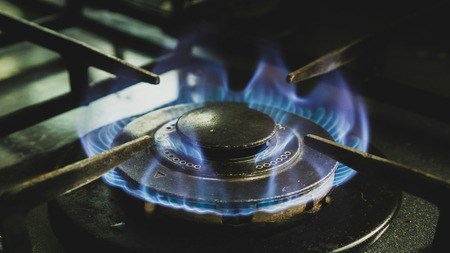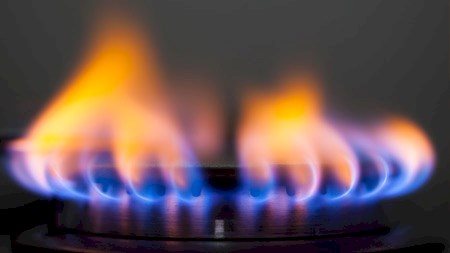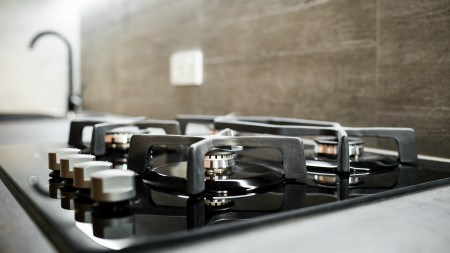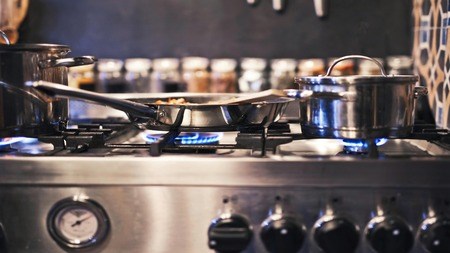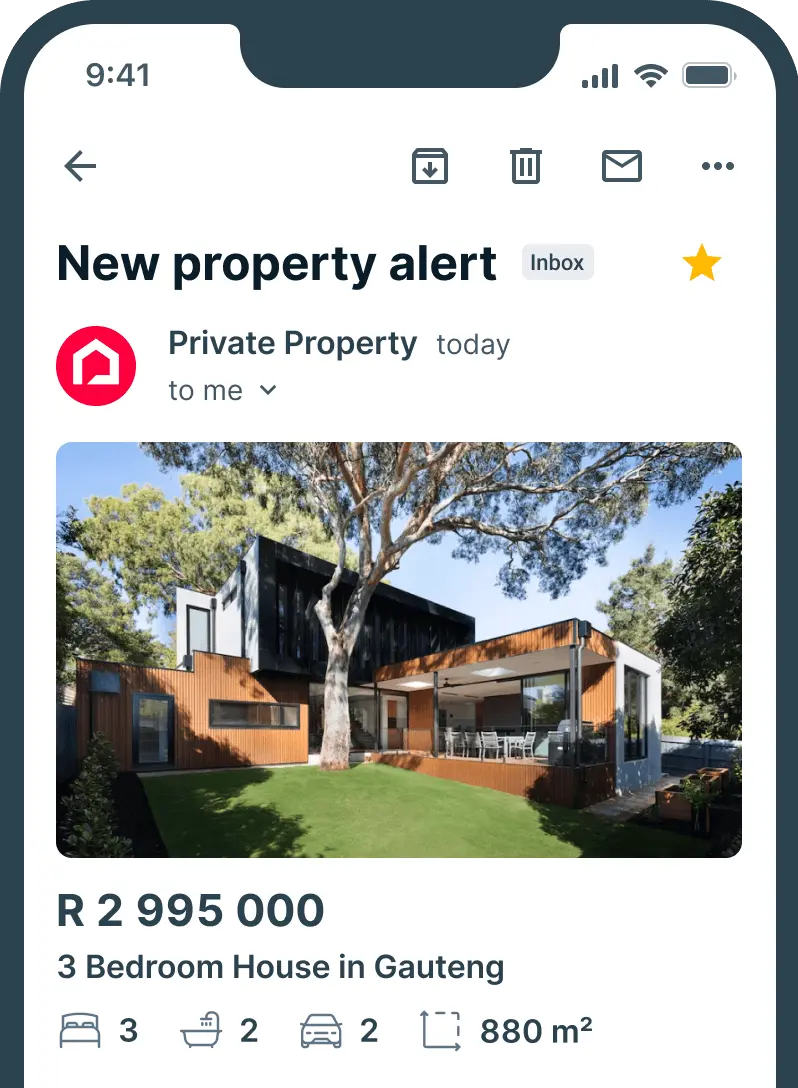Gas appliances, particularly hobs and geysers, have become ever more popular in recent years. It was a life-saver during the load shedding regime, and helps to reduce Council power charges with the higher cost of electricity.
Currently some 20% of South Africans use some form of gas in their electrified households, and 13% of households who are not connected to the national power grid.
When installing, credible and authorised gas installers will advise their clients of the need for a gas compliance certificate, and this is also required by insurers.
Gas is, potentially, an explosive substance, which is why, to protect you and other residents in your property, you need to ensure that all aspects of gas in the home are safe.
All gas installations must have a Certificate of Conformity/Compliance (CoC) as per the Pressure Equipment Regulations under the Occupational Health and Safety Act No 85 of 1993. This certificate states that the installation has been properly inspected, is leak-free, and safe. Only SABS-approved equipment can be used, including valves.
The CoC can only be issued by an authorised and registered Liquefied Petroleum Gas Safety Association of Southern Africa (LPGSAS). Should you be installing a new gas system, or upgrading, it is therefore important to ensure that the installer is authorised to issue the CoC.
Note that a gas CoC does not cover the appliances that the gas installation powers, for example, a stove, a braai, a geyser or other hot water system.
What needs to be checked for the CoC
There are a number of different aspects that a gas inspector will check before issuing a CoC. These include:
Placement of bottles
Gas bottles must be at least 1m away from any window or door,
Similarly, these bottles must be at least 2m away from any water drain or air vents.They cannot be less than 3 metres below a window. The only time this rule can be broken is with the installation of a non-combustible roof above the bottles.
Bottles should be at least 5m from any powerpoint.
Must be positioned more than 1m from the property’s boundary wall.
Light bulbs must be 1.5m or more above a gas bottle.
If placed outside the house, you are allowed two 48kg bottles, but inside only one of 9kg maximum.
If the gas bottle is inside, it must be in a cupboard, and have adequate ventilation.
Gas bottles, such as those used to power a gas braai or fireplace, are allowed if the proper rules are followed; but never in a garage.
No switch socket outlets are allowed under a gas hob or in the same compartment.
Equipment
Only Class 1 or 2 copper pipes, or other approved gas piping, may be used, and which is specific to gas installations.
Copper pipes penetrating a wall must be sleeved.
Approved flexible gas hoses may not be more than 2m long and may not be placed through wood, dry walling, and cupboards.
Validity
The gas CoC is valid until such time as there is a change of ownership of the property or alterations to the system are made.
Insurance
It is usual for home owners to acquire insurance cover for their property and contents, however, many don’t realise that to ensure that gas appliances, or damage from a gas incident is covered, the CoC is essential.
If you do not acquire the CoC, insurance companies are well within their rights to refuse to pay a claim if a problem should occur due to an improper installation, and that includes any property damage as a result. They can also deny a claim if the CoC was not issued by an authorised LPGSAS inspector.
Insurers also recommend that gas installations and the appliances and hoses used, should be checked annually for wear-and-tear. If leaks are detected or gas can be smelt, open doors and windows and immediately switch off any gas taps and call a registered gas engineer to resolve the issue. Once the problem is identified, your insurance broker can advise how to make the claim, and in some instances, recommend a professional.
LPGSAS ‘ALWAYS” list:
- Always use a registered gas installer.
- Always use a qualified gas dealer.
- Always use a verified and tested gas product.
- Always check the seal on a gas cylinder matches the brand of the cylinder.
- Always check gas appliances before use.
